Mr. Dau Thanh Tung, Vice Chairman of Thanh Hoa Provincial People's Committee, has just signed a decision approving the project to renovate, restore and embellish the Lam Kinh National Special Relic Site.
Lam Kinh National Special Relic Site - a famous spiritual tourist destination in Thanh Hoa
According to the decision, the project to renovate, restore and embellish the Lam Kinh National Special Relic Site with a total investment of over 81 billion VND will be invested by the Thanh Hoa Department of Culture, Sports and Tourism.
The project to renovate, restore and embellish the construction items includes: 4 Thai temples (including buildings No. 1, 2, 8 and 9); Ba Hang Dau temple and build a gate to the relic site. The project will be implemented from 2025 to 2027. Funding comes from the provincial and central budgets.
During the project implementation process, Thanh Hoa province requests the Department of Culture, Sports and Tourism to organize the project implementation in accordance with current regulations of law on investment in construction of works and cultural heritage; take full responsibility before the law for the quality, progress, cost, safety and efficiency of the project; report and provide complete and timely information as required by competent authorities when requested; archive project records as prescribed.
Lam Kinh Main Palace and 5 Thai Mieu buildings (out of 9 buildings) have been restored.
Lam Kinh National Special Relic Site (also known as Lam Son) in the old Tho Xuan district, now Lam Son commune, Thanh Hoa province, is the hometown of national hero Le Loi, the birthplace of the Lam Son uprising to drive out the Ming invaders (1418-1428) and also the place of ancestor worship and the eternal resting place of the Emperors and Queen Mothers of the Later Le dynasty.
In 1962, Lam Kinh Historical Relic was ranked at the National level. On September 27, 2012, the Prime Minister issued a decision to recognize Lam Kinh Historical, Cultural and Architectural Relic as a Special National Relic.
According to history books, in 1428, Le Loi ascended the throne (Le Thai To), established the Later Le Dynasty, established the capital in Thang Long, and took the reign name Thuan Thien. Along with the construction of Dong Kinh (Thang Long) as the capital of the country, in 1433, Lam Son land was also changed to Tay Kinh (also known as Lam Kinh), the second capital of the Le So Dynasty.
In 1433, Le Thai To passed away and was brought back to his hometown Lam Kinh to be buried at Vinh Lang. From here, Lam Kinh became the Son Lang area. The following kings continued to build Lam Kinh Palace. Over time, Lam Kinh Palace was gradually expanded in scale, becoming the eternal resting place of the family, kings, queen mothers, and queen mothers of the Le So dynasty.
The foundation remains of a Thai temple remaining in Lam Kinh. This is one of the Thai temples that will be restored in the near future.
Nearly 6 centuries have passed, with many ups and downs of the country's history, the harshness of nature and human unconsciousness, Lam Kinh has seriously degraded and become ruins.
With the attention of the Party, State and Thanh Hoa province, many relics have been researched, preserved in their original state, and prevented from degradation. Many relics have been restored, rehabilitated and renovated, gradually recreating part of Lam Kinh's former appearance.
Up to now, Lam Kinh has restored Ngoc River, Bach Bridge, West Lake, Nhu Ang Lake, Nghi Mon Gate, Dragon Courtyard, Lam Kinh Main Palace and 5 Thai Temples, the tombs have also been restored and embellished.
Tourists visit the gilded main hall in Lam Kinh
Currently, Lam Kinh still has 4 Thai Mieu buildings (including buildings 1, 2, 8, 9) and Ta Vu, Huu Vu buildings, and the temple of Lady Hang Dau (on top of Lam Son mountain) that have not been restored.
Legend of Hang Dau Lady
According to legend, during the resistance war against the Ming army, there was a woman from the lowlands who risked her life to go up the mountain to sell oil to the Lam Son camp owner. No one knew her name, only that she sold oil so they called her Mrs. Dau. To keep it a secret, King Le Loi only allowed the insurgents to buy oil from this woman.
Every day, Mrs. Hang Dau carried oil and necessities to supply the Lam Son army. The Ming army found out and ambushed her. They tortured her, but she did not reveal the secret, so they killed her.
Hearing the touching news about the oil seller's patriotism and being grateful to her, Le Loi ordered his army to bring her body to Lam Son mountain for burial, naming that mountain Dau mountain, about 2 km from Lam Kinh.
Source: https://nld.com.vn/phuc-dung-4-toa-thai-mieu-va-den-ba-hang-dau-o-lam-kinh-196250730100544035.htm


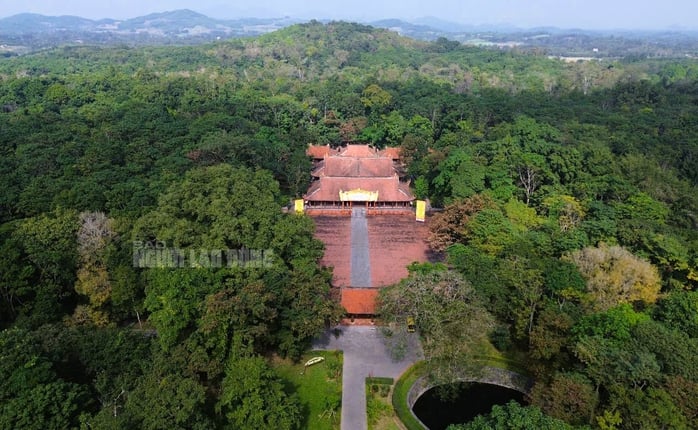
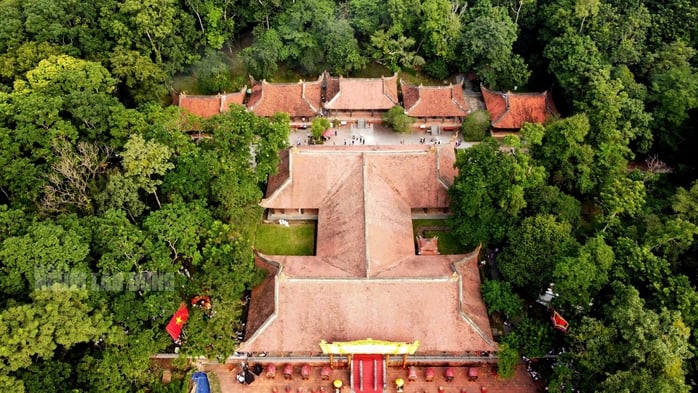
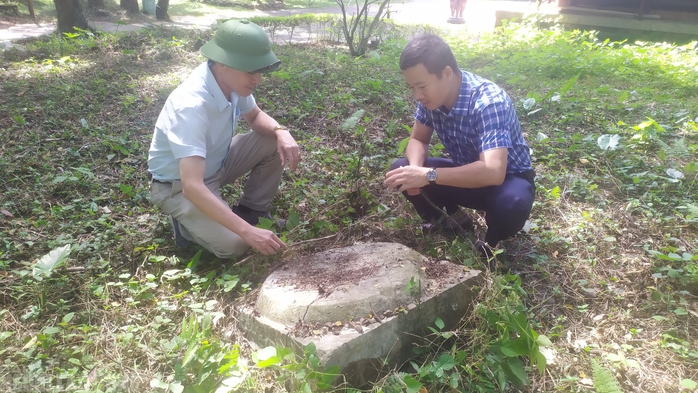
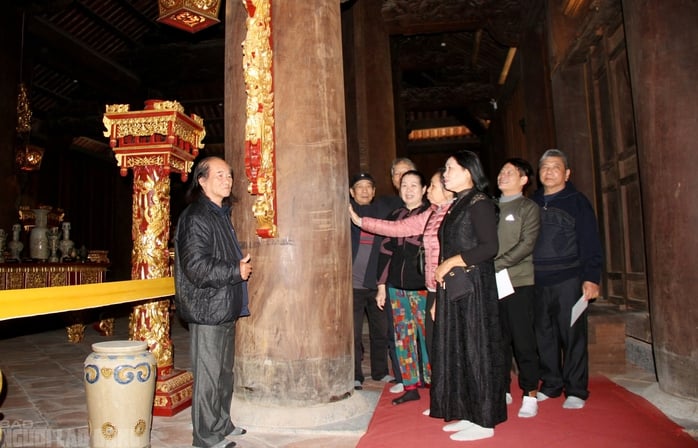

![[Photo] Prime Minister Pham Minh Chinh inspects and directs the work of overcoming the consequences of floods after the storm in Thai Nguyen](https://vphoto.vietnam.vn/thumb/1200x675/vietnam/resource/IMAGE/2025/10/08/1759930075451_dsc-9441-jpg.webp)
![[Photo] Prime Minister Pham Minh Chinh attends the World Congress of the International Federation of Freight Forwarders and Transport Associations - FIATA](https://vphoto.vietnam.vn/thumb/1200x675/vietnam/resource/IMAGE/2025/10/08/1759936077106_dsc-0434-jpg.webp)



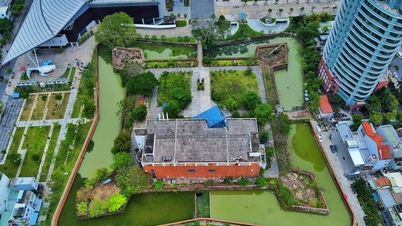


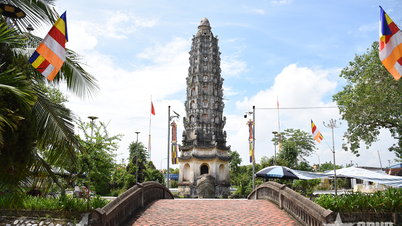

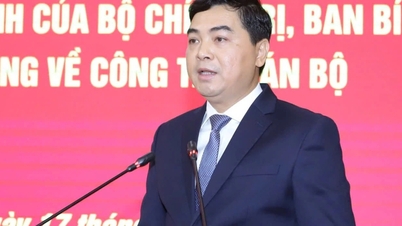





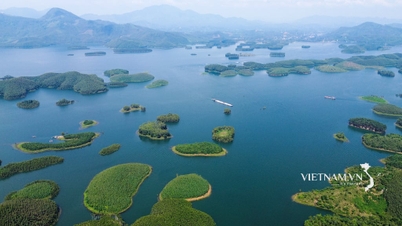


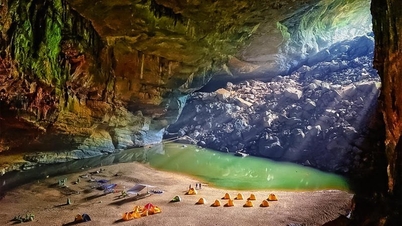







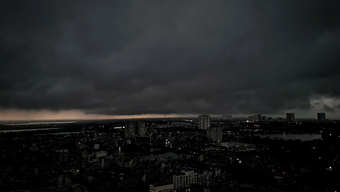
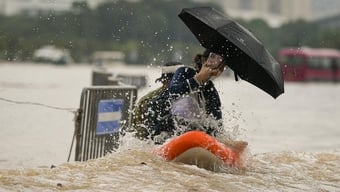
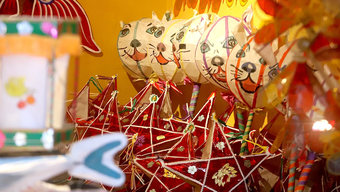



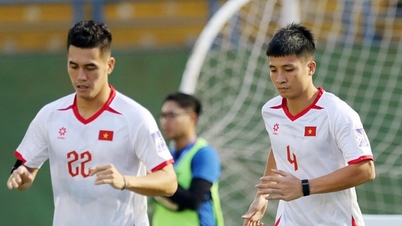




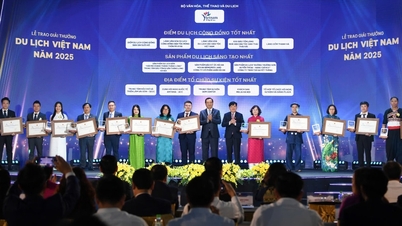




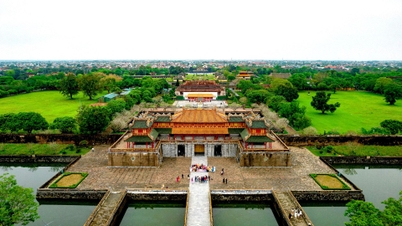




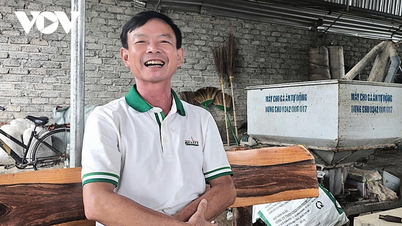




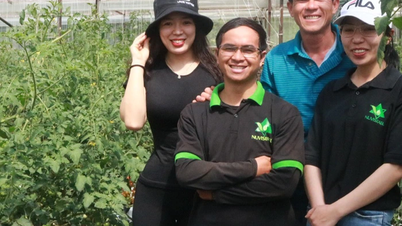
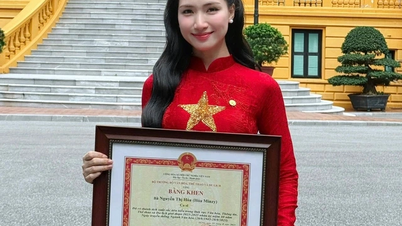
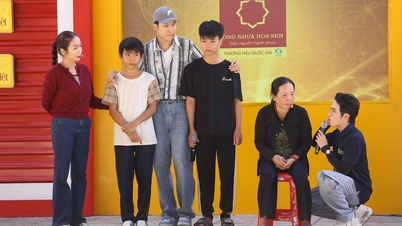
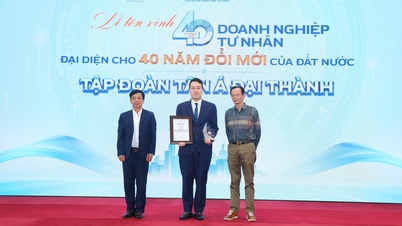

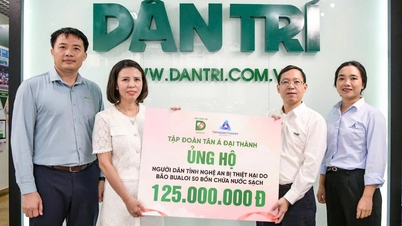

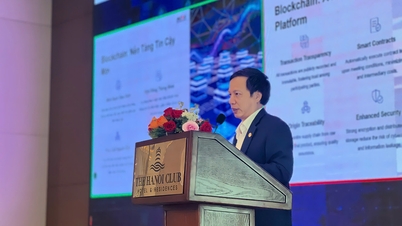




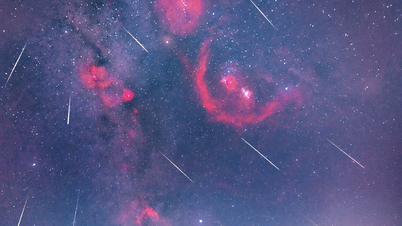


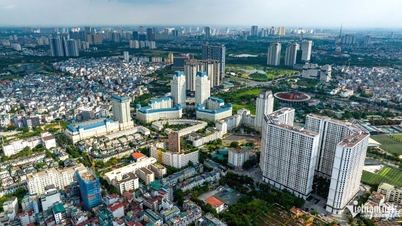





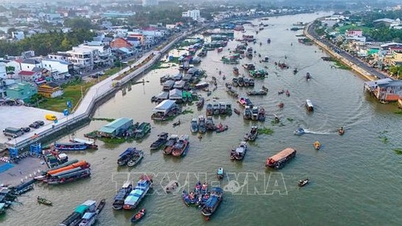
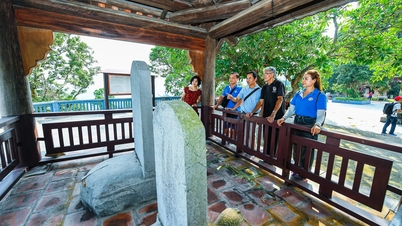

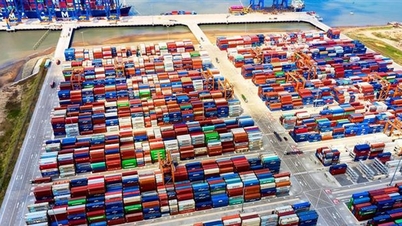

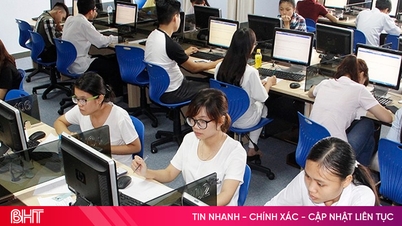

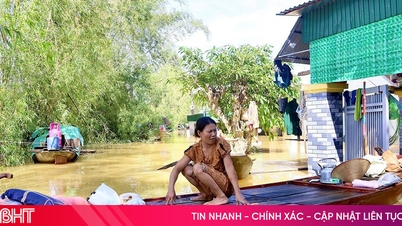
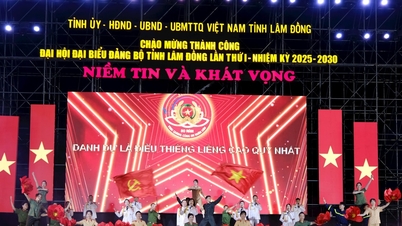

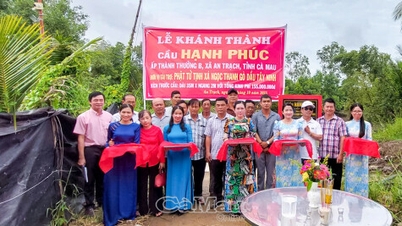





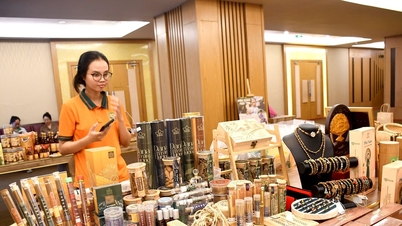



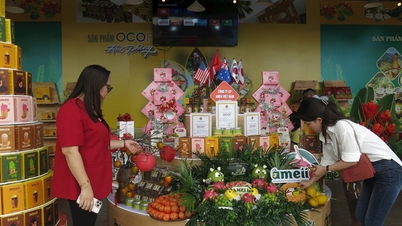


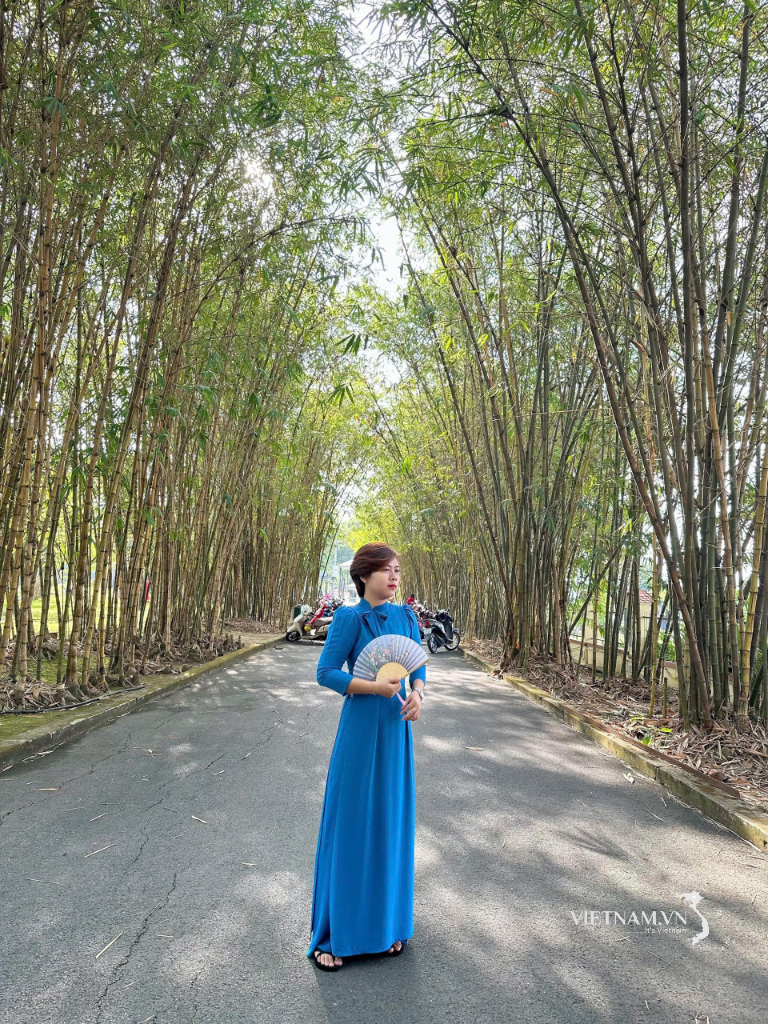


Comment (0)